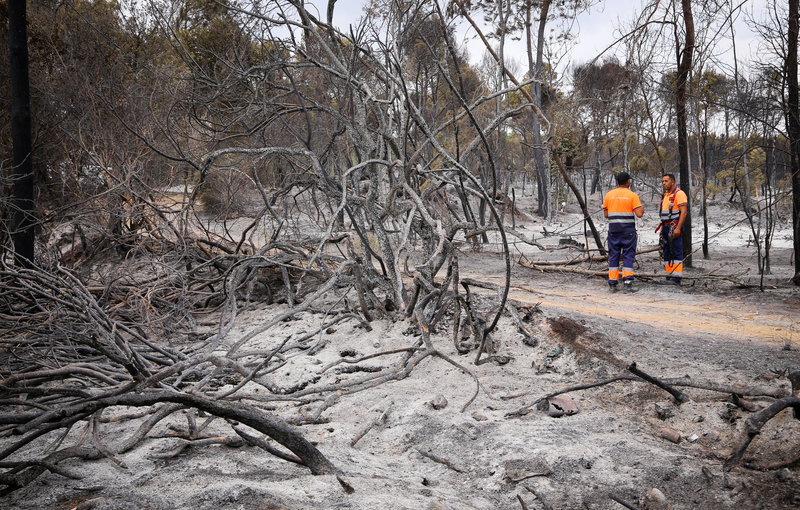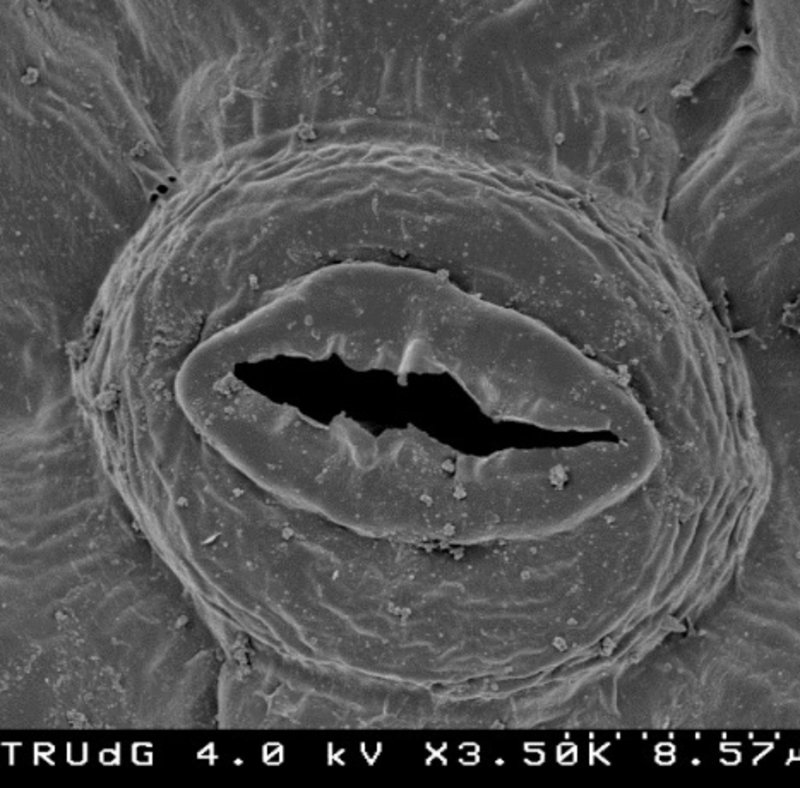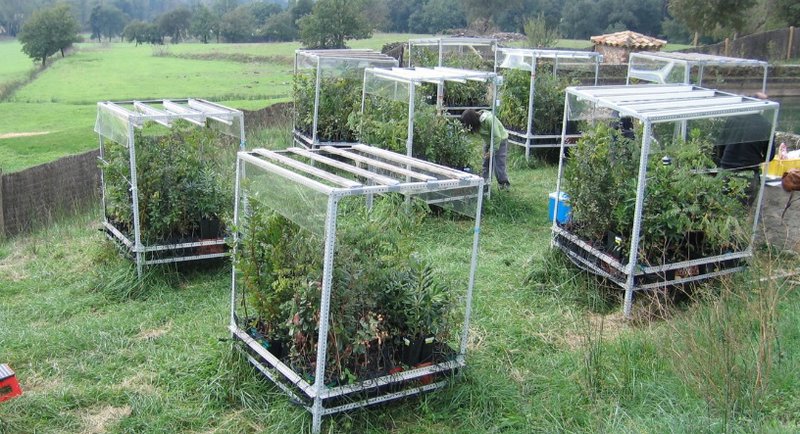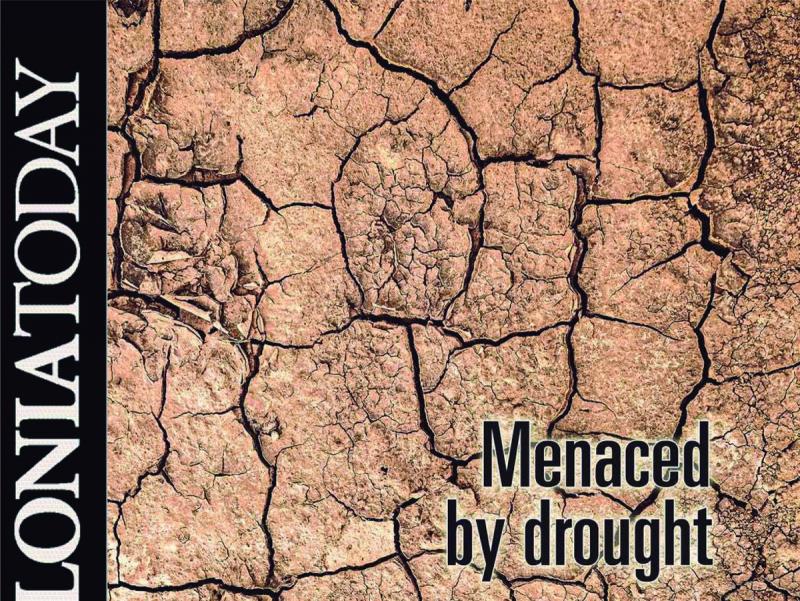How will plants adapt to climate change?
Lack of water has consequences for the environment. A team from the University of Girona is studying how Mediterranean plants will adapt to future scenarios
The 400-hectare wildfire in Roses in late February is an example of what experts fear: irregular rainfall making the land arid enough that dry vegetation accumulates and acts as fuel, meaning forest fires can occur at any time of the year, not just in the summer.
The main impacts we will see in Catalonia are drought and water stress, according to the Catalan Strategy for Adaptation to Climate Change. It remains to be seen how humans will cope, but the natural environment will have to adapt too. The University of Girona’s (UdG) Mediterranean Soils and Vegetation Research Group is studying how this will affect Mediterranean terrestrial ecosystems.
“Plants need a lot of water. The carbon dioxide (CO2) required for photosynthesis penetrates the leaves through structures called stomata, which open and close. When the plant lacks CO2, the stomata open, but while CO2 enters, water exits,” says Dolors Verdaguer, member of the research group and professor of the UdG’s Department of Environmental Sciences.
This process, known as transpiration, happens a lot in plants. “I always tell my students that they’re like water pumps: they take water from the ground and put it into the atmosphere. If they have water, nutrients, CO2 and light, then they grow. If they don’t have water, the cells don’t multiply. In addition, if the stomata are not sufficiently hydrated, they relax and close, and the plant doesn’t get enough CO2 and cannot perform photosynthesis. This also stops growth,” she says. During a drought, the plant can die if it has consumed all its water reserves.
Yet certain plants can adapt some features so as not to reach this extreme. This is already the case in the Mediterranean, which usually has water in the spring, allowing plants to grow that can then withstand high temperatures and drought in the summer. Among the adaptations is developing hard, long-lasting leaves, while these adaptations can also be modulated by leaves getting smaller, for example. “If the leaf size is reduced, there’s less surface area to transpire,” adds Verdaguer. Another strategy is to develop thicker, more waterproof leaves to prevent transpiration through the cuticle, the protective layer that covers the leaf. Also, smaller, thicker leaves have more natural polymers that help maintain their shape even if the plant is dehydrated. For example, if we dry a spinach leaf, it will wither and won’t regain functionality. Yet if we do the same with an oak leaf, its structure will be maintained and, if it gets water again, it can regain its function.
There are many studies on how climate change will affect vegetation, but most focus on agricultural plants. The UdG is specifically studying plants we have here. “We already have a good idea about what will happen. Plants will adapt if they can, but if there is a very severe drought, mortality will inevitably increase,” says Verdaguer, who also notes the effects of ultraviolet (UV) rays.
“More periods of drought are predicted, which means more days of sunshine, and so more ultraviolet radiation, UV-A and UV-B radiation, will reach the atmosphere. Our studies on this show that plants will have to adapt,” she adds, pointing out that some will do better than others. Different species have been shown to develop different strategies. For example: the strawberry tree keeps its stomata open more during drought conditions, which may favour it because it will grow more than more conservative species. “In the long run, there may be changes in the plants due to competition between them,” says Verdaguer.
“More periods of drought are predicted, which means more days of sunshine, and so more ultraviolet radiation, UV-A and UV-B radiation, will reach the atmosphere. Our studies on this show that plants will have to adapt,” she adds, pointing out that some will do better than others. Different species have been shown to develop different strategies. For example: the strawberry tree keeps its stomata open more during drought conditions, which may favour it because it will grow more than more conservative species. “In the long run, there may be changes in the plants due to competition between them,” says Verdaguer.








